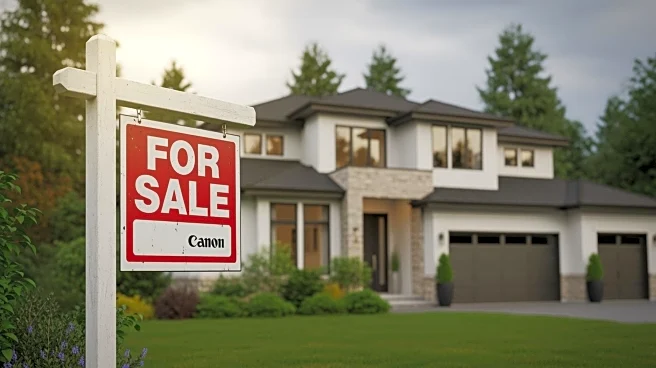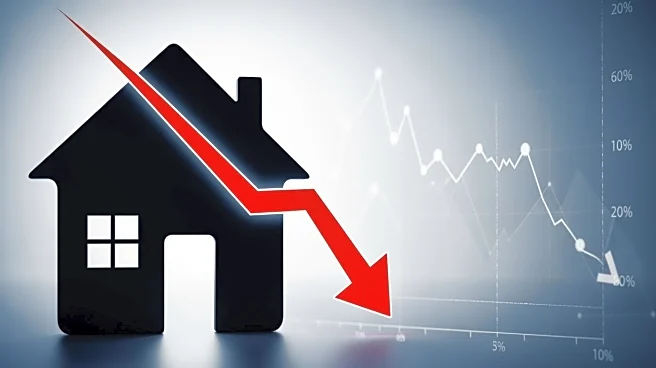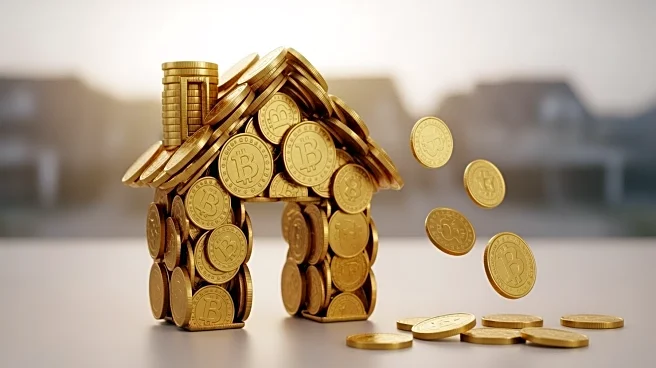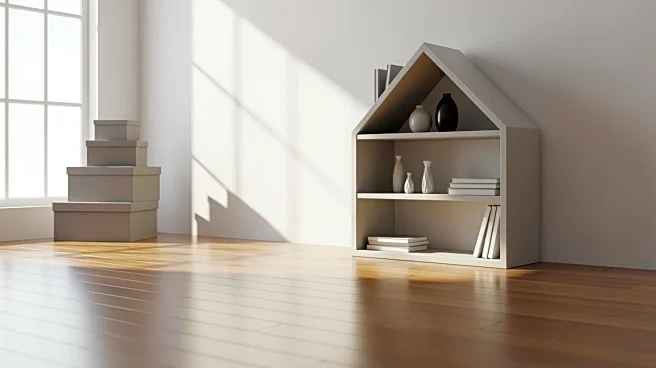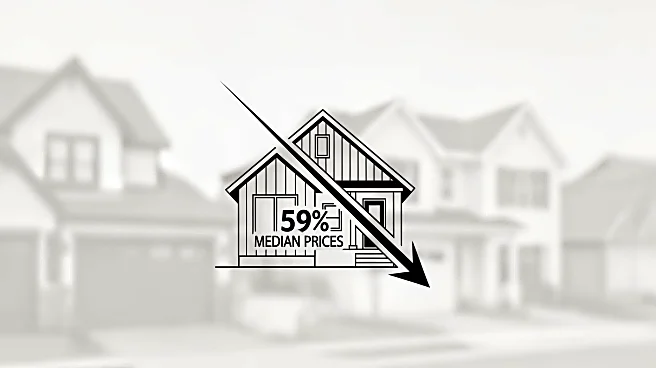What's Happening?
In September, Baltimore experienced a slight increase in home prices, with the median listing price reaching $247,000. This rise in prices coincided with a 10% increase in the number of listings on the market compared to the previous month, a larger-than-usual
growth for this time of year. Despite the increase in listings, homes in Baltimore are selling at a pace similar to the same period last year. The price per square foot in Baltimore also saw a 0.6% increase from the previous month, contrasting with a national decrease of 0.8%. The city had 2,986 homes for sale in September, marking a 40.1% increase from the same time last year. Homes in Baltimore took an average of 44 days to sell, consistent with the previous month and two days less than the same month last year. Nationally, homes spent an average of 62 days on the market in September.
Why It's Important?
The rise in home prices and listings in Baltimore indicates a robust local real estate market, outperforming national trends where home prices per square foot have decreased. This could suggest a growing demand for housing in Baltimore, potentially driven by factors such as economic opportunities or population growth. The increase in inventory provides more options for buyers, which could lead to more competitive pricing and negotiations. For sellers, the quicker turnover compared to the national average suggests a favorable market environment. Real estate agents and investors might find Baltimore an attractive market due to these dynamics, potentially leading to increased investment and development in the area.
What's Next?
If the trend of rising home prices and increased listings continues, Baltimore could see further interest from both buyers and investors. This might lead to more development projects and an influx of new residents, potentially impacting local infrastructure and services. Stakeholders such as city planners and policymakers may need to consider strategies to manage growth sustainably, ensuring that the housing market remains accessible and affordable for a diverse population.
Beyond the Headlines
The current trends in Baltimore's housing market could have broader implications for urban development and economic growth in the region. As more people move to the city, there could be increased demand for public services, transportation, and amenities. Additionally, the rise in home prices might affect affordability, prompting discussions around housing policies and initiatives to support low- and middle-income families. The city's ability to balance growth with sustainability and inclusivity will be crucial in shaping its future.


